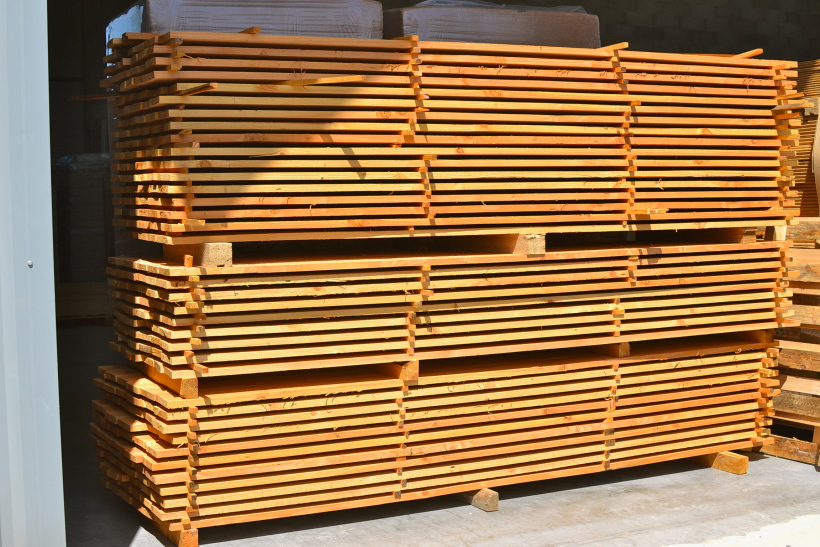
Wood is Good!
Responsibly sourced wood :
By storing carbon , wood can play also a big part in helping tackle climate change. It is important to remove carbon from the atmosphere as well as reduce new carbon emissions going into the atmosphere. Wood achieves both of these.
Wood is unique among building materials because it is a natural carbon store – up to 50% of its dry weight is carbon. Responsibly sourced wood products store the carbon that the growing trees have removed from the air.

Forest certification has developed as a way of demonstrating the implementation of sustainable forest management practices. To have a forest certified as being sustainably managed, an audit is undertaken by an independent, third party certification body. The audit assesses the forest management practices of a forest manager or owner against the standard for certification. Both native forests and plantations can be certified.
Internationally around 300 million hectares of forests are certified under PEFC and 195 million hectares under the FSC system. A number of these forests are certified under both systems, and both native forests and plantations can be certified.. The two major global forest certification bodies are the Programme for the Endorsement of Forest Certification (PEFC) schemes and the Forest Stewardship Council (FSC). Both the PEFC and FSC are internationally recognised forest certification networks that provide for the mutual recognition of regional and national standards that meet their criteria for sustainable forest management.
Wood and wood-based products sourced from certified forests are tracked through the supply chain using chain-of-custody certification provided by both forest certification schemes. This provides consumers with an assurance that the wood product they are purchasing comes from a sustainably managed and certified forest. For consumer products these are then labelled with a chain of custody certificate number.
What do you think?